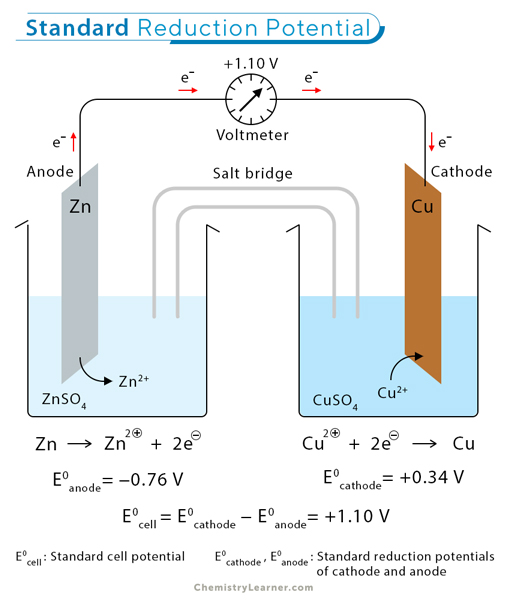Vapor Pressure Lowering
Vapor pressure lowering is one of the four colligative properties of solutions, which depend on the number of solute particles rather than their identity. It occurs when a nonvolatile solute dissolves into a solvent. The solute reduces the number of solvent molecules escaping into the air, thereby lowering the vapor pressure of the solution compared to the pure solvent. [1-4]
Theory
Vapor pressure is the pressure exerted by a vapor in equilibrium with its liquid phase when molecules escape from the liquid and form a vapor above it. In a closed container, this occurs when some molecules in the liquid gain sufficient energy to escape into the gas phase. At the same time, some of the gas molecules return to the liquid. When the number of molecules leaving the liquid equals the number returning, the system is in equilibrium, and the vapor pressure stays the same. [1-5]
When a nonvolatile solute (a substance that does not evaporate easily) is dissolved into a liquid, the solute particles take up space at the liquid’s surface. The presence of solute particles reduces the number of solvent molecules at the surface, allowing fewer of them to escape into the air. As a result, the vapor pressure of the solution is lower than the vapor pressure of the pure liquid.
The extent to which vapor pressure is lowered depends solely on the number of solute particles in the solution, not their chemical nature, which makes it a colligative property.
Formula
Raoult’s Law explains vapor pressure lowering. It states that the vapor pressure of a solution depends on the mole fraction of the solvent and the vapor pressure of the pure solvent. The relationship can be written as: [1-5]
Psolution = χsolvent x Psolvent
Where:
– Psolution: Vapor pressure of the solution
– χsolvent: Mole fraction of the solvent
– Psolvent: Vapor pressure of the pure solvent
The mole fraction of the solvent (χsolvent) represents the ratio of the number of moles of the solvent (n2) to the total number of moles of the solute (n1) and the solvent in the solution. It is calculated as:
χsolvent = (Number of moles of solvent)/(Total number of moles of solute and solvent)
=> χsolvent = n2/(n1 + n2)
This fraction indicates the proportion of the solvent in the mixture and is directly used in Raoult’s Law to determine the vapor pressure of the solution.
Raoult’s Law demonstrates that increasing the solute concentration lowers the vapor pressure, as fewer solvent molecules are available to evaporate.
The drop in vapor pressure (ΔP) can be calculated by comparing the vapor pressure of the pure solvent (Psolvent ) and the vapor pressure of the solution (Psolution).
ΔP = Psolvent – Psolution
Applications [1-5]
1. Cooking at high altitudes
At high altitudes, the atmospheric pressure is low. Water boils at a lower temperature, and cooking can take longer or be less effective. Adding solutes like salt reduces the vapor pressure of water and raises its boiling point, helping to improve cooking efficiency at these altitudes.
2. Antifreeze
Ethylene glycol, a common antifreeze, lowers the vapor pressure of water, thereby reducing its freezing point and increasing its boiling point. It prevents water in car radiators from freezing in winter and boiling in summer.
3. Food preservation
Adding salt or sugar to foods reduces the vapor pressure of water in the solution, slowing evaporation. It creates an environment less conducive to bacterial growth, prolonging the food’s shelf life.
Example Problem with Solution
Calculate the vapor pressure of a solution prepared by dissolving 25 g of glucose in 200 g of water at 27 °C. The vapor pressure of pure water at 27 °C is 26.74 torr. (Molecular masses of glucose and water are 180 g/mol and 18 g/mol, respectively)
Solution
Given m1 = 25 g, m2 = 200 g, T = 27 °C = 27 + 273 = 300 K, Psolvent = 26.74 torr
We use the following formula:
Psolution = χsolvent x Psolvent
To calculate the molar fraction of the solvent, we use the following formula:
χsolvent = n2/(n1 + n2)
Let us calculate the number of moles of glucose and water present in the solution.
glucose: n1 = 25 g/180 g/mol = 0.139 mol
water: n2 = 200 g/18 g/mol = 11.1 mol
Therefore, the mole fraction is:
χsolvent = 11.1 mol/(11.1 mol + 0.139 mol) = 0.988
And,
Psolution = 0.988 × 26.74 torr = 26.41 torr
Therefore, the vapor pressure of the glucose-water solution is 26.41 torr.




